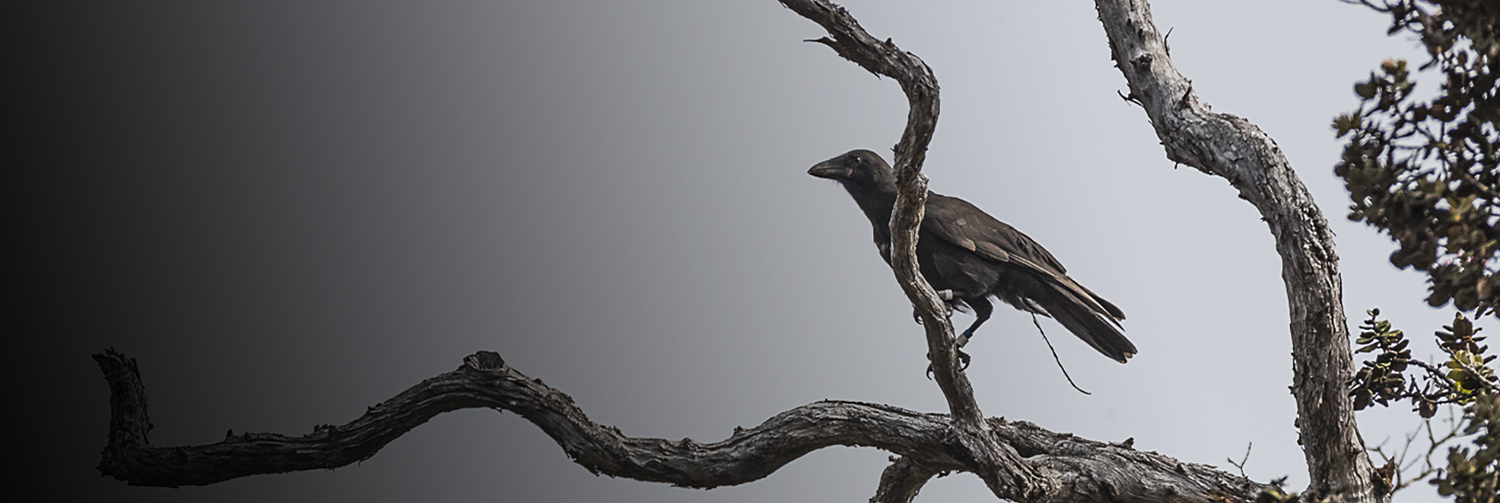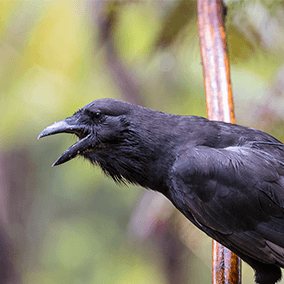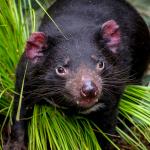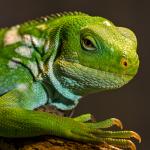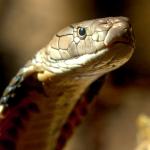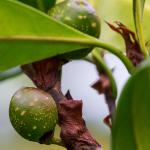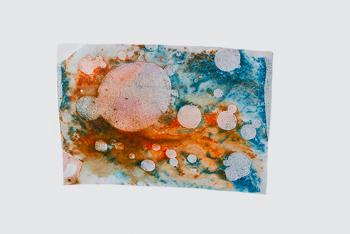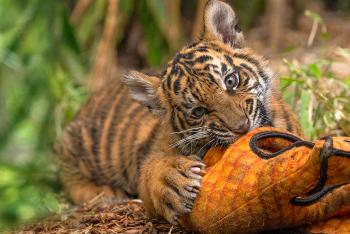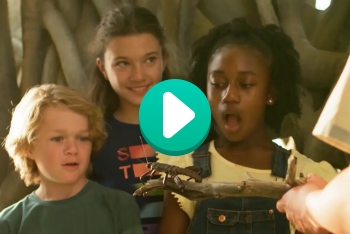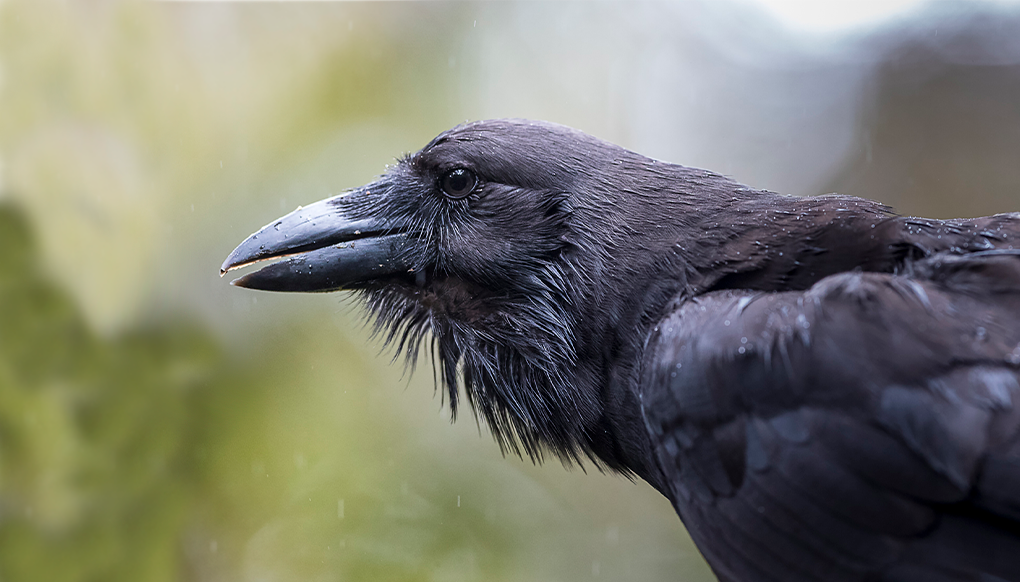
‘Alalā
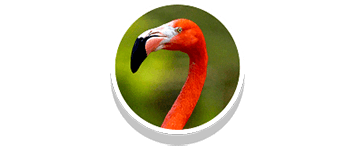
Birds


Endangered
facts

‘Alalā forage for fruit and insects in the trees. They sometimes eat eggs or nestlings of small birds.
description
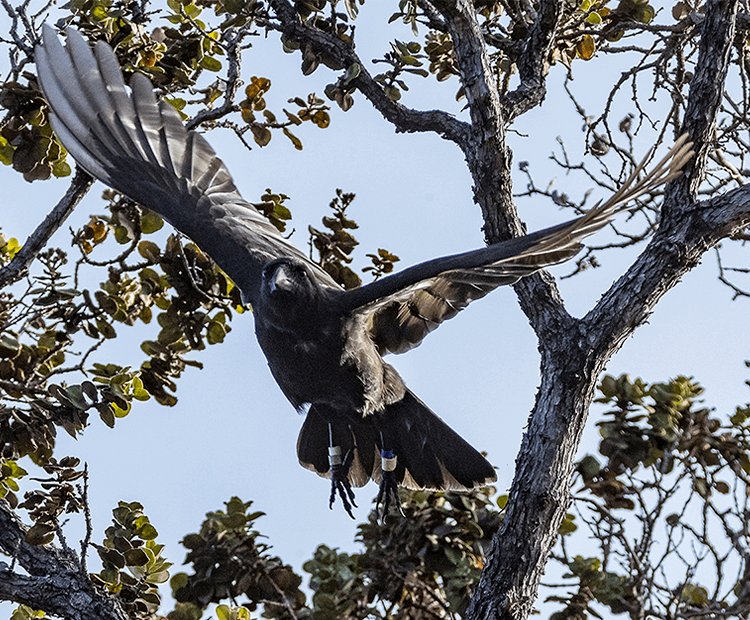
Seedy business
‘Alalā, or Hawaiian crows, are football sized with black feathers and a large bill. They have an important job as seed dispersers in the forest ecosystem. When ‘alalā eat fruit, the seeds travel through their digestive system and come out in their poop. As they fly from tree to tree, the seeds spread through the forest, growing into more plants that animals can use for food and shelter.
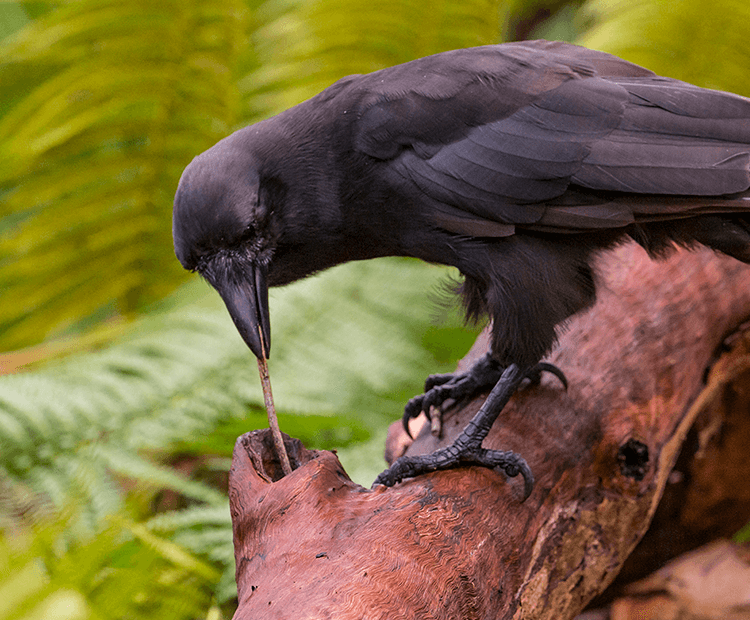
Brainy birds
‘Alalā are members of the corvid, or crow, family. Like other crows and ravens, they are extremely intelligent. Scientists have observed ‘alalā using sticks as tools to fish food from hard-to-reach places.
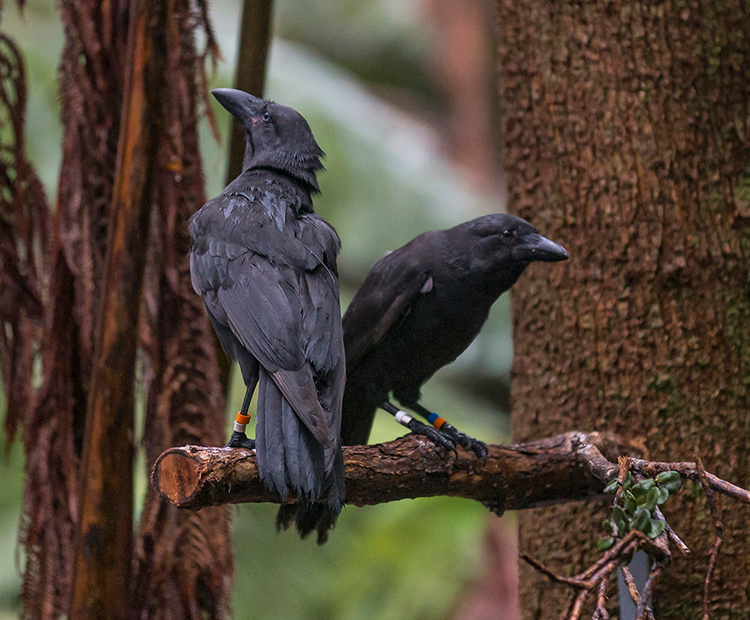
Saved by science
Cats, dogs, rats, and mongooses have been introduced by people to the Hawaiian Islands, but ʻalalā are not adapted to avoid these new predators. By 2002, they became extinct in their native habitat. Until recently, these birds only lived in two conservation centers under the care of San Diego Zoo Wildlife Alliance. Our scientists are working with partners like the U.S. Fish and Wildlife Service to protect ‘alalā, and are returning these birds to their forest homes.

